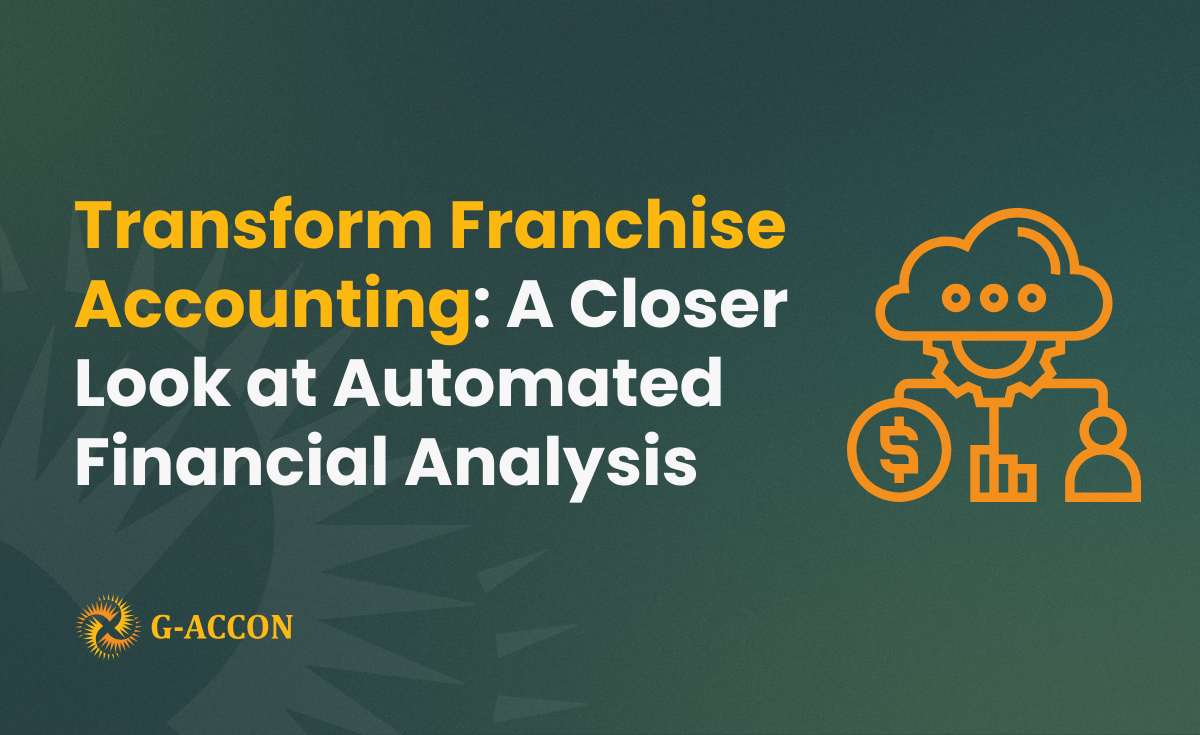Financial reporting plays a crucial role in every business, but it often feels like a cumbersome task. CFOs and finance teams spend countless hours manually entering data, consolidating reports, and ensuring accuracy across multiple entities and systems. These tasks are not only time-consuming but also leave room for costly errors.
Automation changes the game. Tools like G-Accon automate these workflows, making financial reporting faster, more accurate, and significantly less stressful. Here’s a breakdown of the most common challenges in financial reporting—and how automation solves them.
Why Automation Is Critical for Financial Reporting

Financial reporting is essential for providing the insights businesses need to make informed decisions. But manual processes create bottlenecks that slow down your ability to respond to important issues.
When finance teams spend excessive time pulling data manually from various systems like QuickBooks or Xero, it increases the risk of data inconsistencies and delays critical financial insights. Automation eliminates these problems by synchronising data across platforms, ensuring accuracy and real-time access. Tools like G-Accon, with their two-way sync capabilities, integrate Google Sheets directly with your accounting software, enabling real-time data flows.
Learn more about how G-Accon integrates with QuickBooks and Xero.
The Biggest Challenges in Financial Reporting (And How to Solve Them)

Manual data entry is one of the biggest time sinks for finance teams. Entering data by hand from platforms like QuickBooks or Xero into spreadsheets leads to errors and inconsistencies. Mistakes in data input, such as incorrect invoice amounts or wrongly categorized expenses, can have severe consequences, including incorrect financial statements, regulatory penalties, and lost credibility with stakeholders.
Solution: Automation tools like G-Accon eliminate manual data entry by automatically pulling data in real-time from platforms like QuickBooks and Xero directly into Google Sheets. This process not only saves time but ensures that the data is accurate, updated in real-time, and free from human error.
2. Consolidating Data from Multiple Entities

Consolidating financial data from multiple entities is challenging when done manually. Combining reports from different departments, subsidiaries, or geographic regions is not only tedious but often leads to inconsistencies.
Solution: G-Accon provides multi-entity consolidation, enabling finance teams to automatically consolidate data from various sources into a single, unified report. This feature supports multiple currencies and allows you to automate the consolidation process, ensuring consistency and accuracy across the board.
3. Creating Custom Reports

Customising financial reports to fit stakeholder requirements is a painstaking process. You might spend hours making sure everything is formatted correctly, branded appropriately, and meets compliance standards.
Solution: G-Accon enables automated report generation, allowing you to create customized, well-formatted reports in minutes. The tool also supports white labeling, ensuring your reports reflect your brand. You can schedule these reports to be automatically refreshed and emailed to stakeholders on a regular basis, saving time and ensuring accuracy.
Why You Should Automate Now
As your business grows, the complexity of financial reporting increases. More entities, more transactions, and more data to process mean manual reporting quickly becomes unsustainable.
Automation provides a scalable solution, allowing your team to handle larger volumes of data without increasing their workload.
By automating critical tasks like data entry, consolidation, and reporting with G-Accon, you not only reduce the risk of human error but also gain access to real-time financial insights, which is crucial for making fast, informed decisions.
Automating your reporting processes lets you keep up with the demands of a growing business without hiring more staff or losing accuracy.
How to Get Started with Automation
- Identify the Bottlenecks: Look at the tasks that take up the most time, like data entry or report generation. These are the best places to start automating.
- Pick the Right Tools: Tools like G-Accon are built to work seamlessly with systems you’re already using, like Google Sheets or QuickBooks, so you don’t need to overhaul everything.
- Set It Up and Go: Once you’ve chosen your tool, it’s easy to set up automated workflows. Monitor the results and make tweaks as needed to optimise efficiency.
Ready to automate your Financial Reporting? Start your free trial now!
Conclusion

Financial reporting doesn’t have to be a time-consuming grind. By automating key tasks, you can save hours every week, cut down on errors, and focus on what really matters—driving business growth.
Ready to make the switch? Start using G-Accon today and see how much time you can save.






















